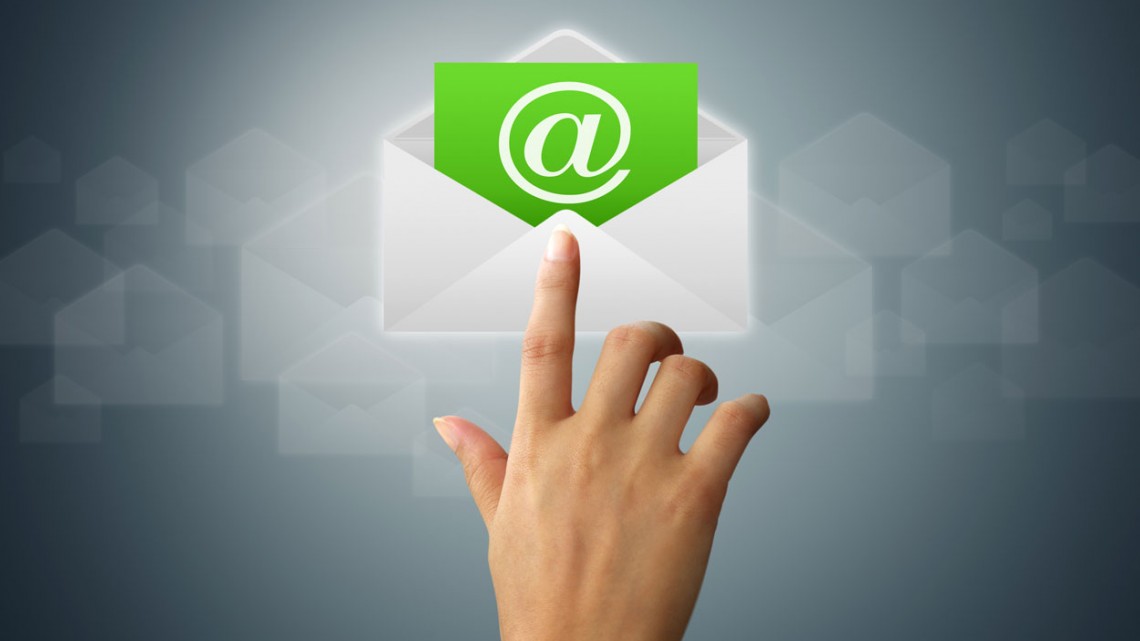Whether you are an employee or a CEO of a company – writing an email is mandatory for everyone of one or other reason. Even if you are a student, you need to send emails to your lecturers or principal.
Writing a professional email is a crucial thing. Follow the below process to write and reply to an email professionally,
- To, CC and BCC:
To- this is for the person or persons who have to act on the email sent. Make sure whether you properly typed the contacts name or email address.
CC– carbon copy (cc) field is used when you have lot of people involved in one discussion or work, but there is no certain rule that everyone should respond. They just see the email and no need to act upon it.
BCC- Blind carbon copy (BCC) filed is used when you don’t want to reveal the identities kept in BCC to other people who are in ‘To’ and ‘CC’.
Let us take an example for you to be clear,
Consider a person (X1) and (X2) wants to delegate some work to X3, then X2 writes an email to X3 keeping X1 in cc. if X1 don’t want X3 to know X1 is the part of the discussion the, X2 will keep X1 in BCC.
- Subject field:
Subject line is the main important part of the email, as it is the first thing that appears as soon as you open your email. This decides whether the recipient looks at your email instantly or junks it. This has to be direct, noticeable and to the point. There are few spam subject lines like “open me”, “Hi”, “Read it”, “Congratulations”, [blank], Read immediately, etc with which you can easily identify that they are spam’s.
Things to remember while writing subject lines,
Do’s:
Example: “Attn: half yearly result’, ‘Urgent meeting at 2PM’, “Notice: new rules for attendance”
Don’ts:
- Never use punctuations
- Don’t use case selections for professional emails
- Never write in CAPS (it shows that you are rude and shouting at them)
- Addressing:
Maintain highest level of courtesy while addressing the existing or new contacts. For example: Hello, Mr. James, Dear Ms. Rita, Dr. John. It is always better to use second name of the person instead of their first name. Example, John mike is the name of a person, then use Mr. Mike. Few business people don’t mind calling with the first name.
- Body of the email:
Never jump into the main point directly, give some introduction of yourself (if you are talking for the first time), then proceed to the point. Never write long paragraphs and be to the point in simple lines as people busy with their schedules don’t show interest in reading big paragraphs of content. So be clear and understandable.
- Reply to All:
Use this option carefully. Before clicking on this button, think twice whether it is necessary to reply to all the people involved in the email. Don’t use this option for CYA or a co – worker or colleague. Doing so make them feel petty as others emails gets filled up with unnecessary or unwanted emails.
- Attachments:
Think once, if you send a large file of about 10 M document or any power point presentation. And the person doesn’t have available space or doesn’t have power point software. How awkward it would be!! It’s a basic courtesy to ask the recipient whether to send the file (or combination of files) or not (if it is a large file), do they have that software installed on their systems, do their systems support that files, when would be the correct time to send the file.
Note: Don’t send large emails on weekends or after the work hours, as they might not be available to respond or clear the inbox.
- Signature files:
Your signature files shouldn’t exceed more than 5 to 6 lines, as it shows egocentric feeling. Include your name, company name, company website link and phone number. You mention everything which you include in your visiting cards. The main purpose is that the recipient should get all enough information about you easily.
- Respond properly:
Everyone expects a reply after sending an email. Never be late in sending reply to the email. Respond immediately and properly.
- Proof read the entire email:
If in case you are approaching another person to do work for you, set aside an ideal opportunity to make your email look proficient.
While your spell checker won’t get each misstep, at any rate it will get a couple of grammatical mistakes. If you are communicating something specific that will be perused by somebody higher up on the levels of leadership (a prevalent or educator, for case), or in case you’re going to mass-mail handfuls or a great many individuals, take a minute or two preceding you click “send” uttonb. Demonstrate a draft to a nearby partner, with a specific end goal to see whether it really bodes well.
10. Never expect privacy.
Unless you are Donald Trump, acclaim in broad daylight, and scrutinize in private. Try not to send anything over email that you wouldn’t need posted — with your name included— in the lunchroom.
Email is not secure. Pretty much as arbitrary people on foot could venture into a physical letter drop and capture envelopes, an inquisitive programmer, a malignant criminal, and your IT division can most likely read any email messages in your work account.
On the off chance that you extend reality in an email (making light of an issue, forgetting an imperative point of interest, and so forth.), you’re making a composed record that your beneficiary can (and will) use to figure out if
- You are ignorant about reality
- You are educated however purposely distorting reality
- You’re confusing and clashing mails mean you aren’t a reliable source for truth.















